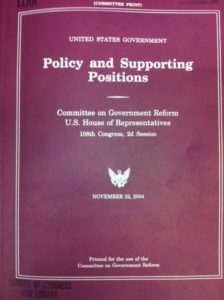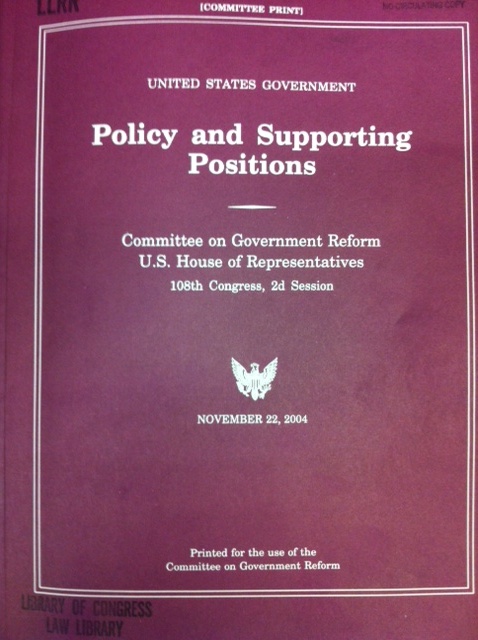Every few days there is another person named or “floated” in consideration for a Cabinet or a sub-cabinet post. What happens after you receive the call and the invitation to serve?
From nominee to Cabinet position
The appointment confirmation process is a great illustration of our federal government’s system of checks and balances. Through Senate confirmation hearings, our legislative branch plays an important role in presidential appointments. With more nominees announced every week as inauguration approaches, now is a great time to review The Policy Circle’s brief, “What Makes the U.S. Exceptional: The U.S. Senate, Explained” which includes details on the Senate’s role in confirming nominees for cabinet-level positions for an incoming president.
To date President-Elect Trump has announced 16 nominees. You can follow all of these nominations with this tracker, created by The Washington Post and Partnership for Public Service, a nonprofit, nonpartisan organization that assists in the presidential transition process.
2004 Plum Book, Library of Congress blog.
Which Cabinet appointments need to be confirmed by the Senate?
According to The Washington Post, there are 662 key executive branch appointments that require Senate confirmation, including “Cabinet secretaries, deputy and assistant secretaries, chief financial officers, general counsel, heads of agencies, ambassadors and other critical leadership positions.”
ABC News writes, “hundreds of other senior posts and agency heads (1,212 to be exact) require Senate confirmation too after background checks. Essentially, heads of agencies and a lot of deputies need to be confirmed, whereas [White House] positions do not. For example: CIA director, yes; national security adviser, no.”
What are the steps of the Confirmation Process?
Once nominees are vetted, the President sends a written nomination to the Senate, where it is assigned to the appropriate committee. Committees can then choose to hold hearings in which the nominee gives testimony and responds to questions from the committee members. Confirmation hearings can be long and grueling. Chuck Hagel underwent a contentious eight-hour hearing in 2013 before his confirmation as Defense Secretary for the Obama Administration.
Committees can also vote to move the nomination straight to the Senate floor for a vote without a hearing.
After each hearing concludes, “the committee votes to report a nomination to the full Senate, requiring a simple majority. It may vote to report the nomination favorably, unfavorably or without recommendation. If a committee sits on an appointment, the full Senate may vote to invoke cloture and move the nomination along. If a nomination clears committee, it moves to the Senate floor for a simple majority vote.” A majority vote is needed to confirm judicial and executive nominees.
The Policy Circle’s Senate Brief reviews this process in more detail and discusses the role of the filibuster.
Nominees who have moved through the process and been approved by the Senate are formally confirmed after the president is sworn in on January 20.
In addition to the presidential appointments that require Senate confirmation, there will be vacancies for over 4,000 administration positions when President Obama leaves office on January 20, 2017. The so-called Plum Book, a purple-colored hard copy book that lists all political job openings in the new administration, was released on Monday, December 4th.
How do you think the confirmation hearings will play out when the 115th Congress begins in January? What do you think of the process thus far?
Be part of the movement!
Recommend a Circle Leader. Especially in Wisconsin, Minnesota, Arizona, and New York where circles are sprouting.
Start a Circle in your neighborhood. . Add value in your community by giving women the facts and the space to strengthen their understanding of the issues.
Invest in The Policy Circle. Together let’s build a network of women who want to assume their civic duties and understand the impact of policy in their lives.
The Policy Circle is a 501(c)3 that provides a fact-based, nonpartisan framework that inspires women living in the same community to connect, learn about and discuss public policies that impact their lives. Women across the nation are taking a leadership role in public policy dialogue on what human creativity can accomplish in a free market economy.




